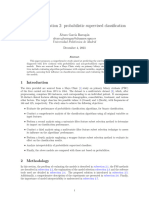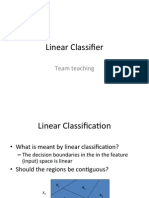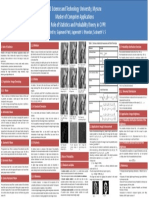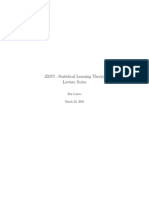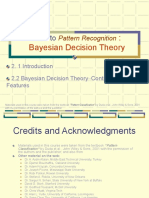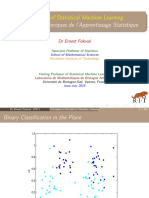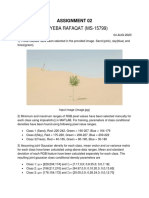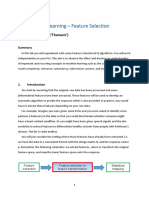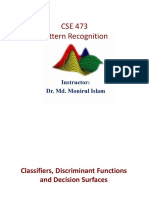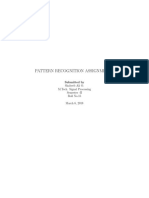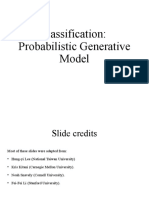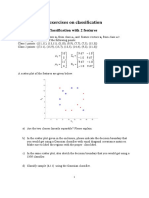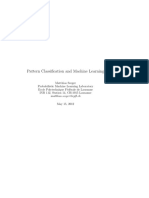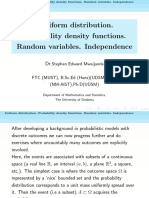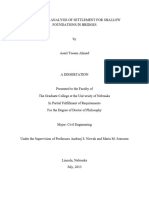0% found this document useful (0 votes)
153 views21 pagesPractical Implementation On Baye's Decision Rule
This document provides instructions for implementing Bayes' decision rule to classify pixels in satellite images of Kolkata as river or non-river. It involves taking training samples from the images, calculating statistics like the mean and covariance, applying the multivariate normal distribution, and using Bayes' rule to classify each test pixel as river or non-river. The output will be binary images showing the classification for different prior probabilities of the classes.
Uploaded by
Akankhya BeheraCopyright
© © All Rights Reserved
We take content rights seriously. If you suspect this is your content, claim it here.
Available Formats
Download as PDF, TXT or read online on Scribd
0% found this document useful (0 votes)
153 views21 pagesPractical Implementation On Baye's Decision Rule
This document provides instructions for implementing Bayes' decision rule to classify pixels in satellite images of Kolkata as river or non-river. It involves taking training samples from the images, calculating statistics like the mean and covariance, applying the multivariate normal distribution, and using Bayes' rule to classify each test pixel as river or non-river. The output will be binary images showing the classification for different prior probabilities of the classes.
Uploaded by
Akankhya BeheraCopyright
© © All Rights Reserved
We take content rights seriously. If you suspect this is your content, claim it here.
Available Formats
Download as PDF, TXT or read online on Scribd
/ 21




